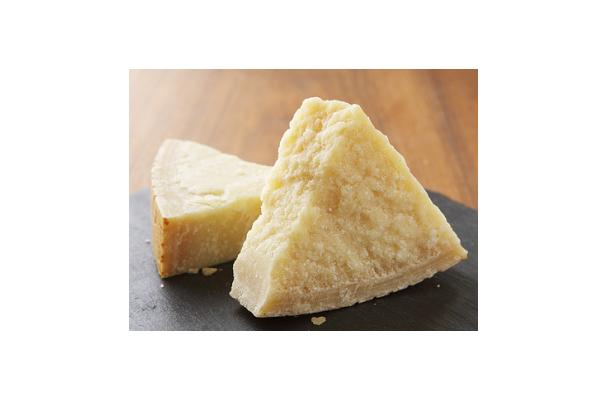Parmesan Cheese
About
Parmesan is a hard, cow's milk Italian cheese with a sharp flavor and grainy texture. Nutty, salty and creamy. Although parmesan cheese comes in a variety of forms, flavors and brands, Parmigiano-Reggiano is considered one of the best cheeses in the world by many chefs and gourmands. True Parmigiano-Reggiano is aged 2 years and has the name stenciled on the rind.
Information
Physical Description
Hard yellowish cheese which breaks in a sliver-like pattern.
Tasting Notes
Selecting and Buying
Commercially ground parmesan in canisters remains an economical and convenient option, but there is a significant difference in flavor. Most brands have a very long shelf life.
Preparation and Use
Great topping of choice for every type of occasion from pizzas to mushroom risotto.
Also a perfect appetizer or dessert cheese.
May be grated into soups, added to a baked potato or melted on top of a hot buttered slice of French bread.
Can be used for dressings or meatloaf, when added to bread crumbs.
The rinds can be saved and cooked in liquid to make a flavorful broth.
Conserving and Storing
Fresh parmesan can be kept for about 4 weeks as long as it's refrigerated. Wrap it first in a layer of wax paper and then in foil. Each time of use, make sure you rewrap it in a clean sheet of wax paper.
Parmesan can be frozen whole or shaved, but may have some flavour deterioration.
Ground, dried parmesan does not need to be refrigerated until opened, unless it was purchased in the dairy section at the store. Once the seal is removed, flavour will remain at its best with refrigeration.











Comments
July 10, 2011
please have a look another cheese from izmir at below link http://www.guvenilir.org/2008/08/kopanisti.html
July 10, 2011
please have a look another cheese from izmir at below link http://www.guvenilir.org/2008/08/kopanisti.html